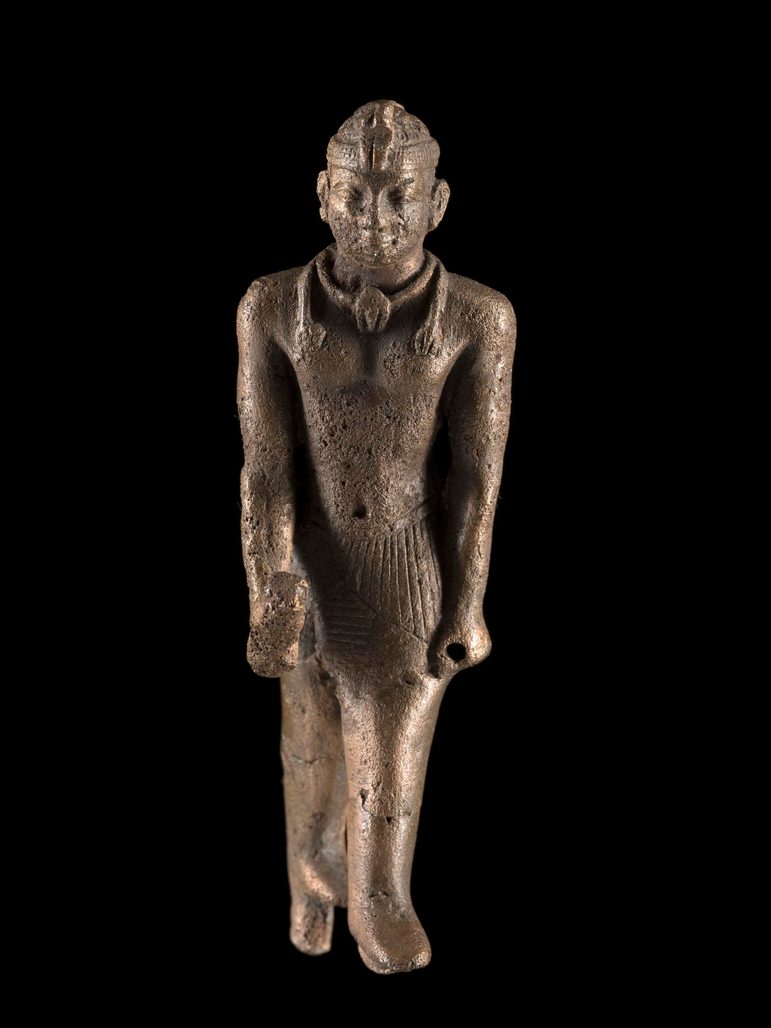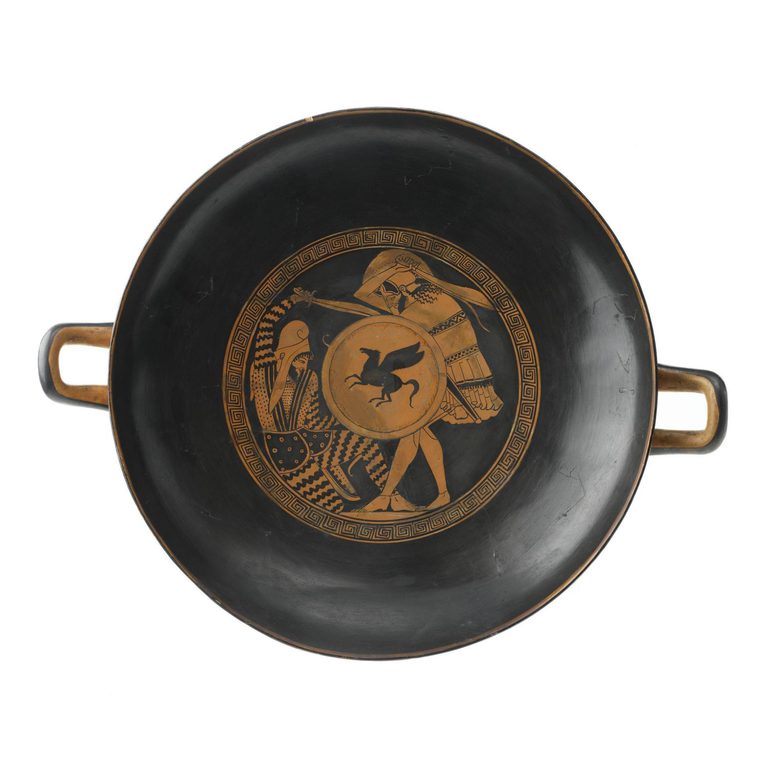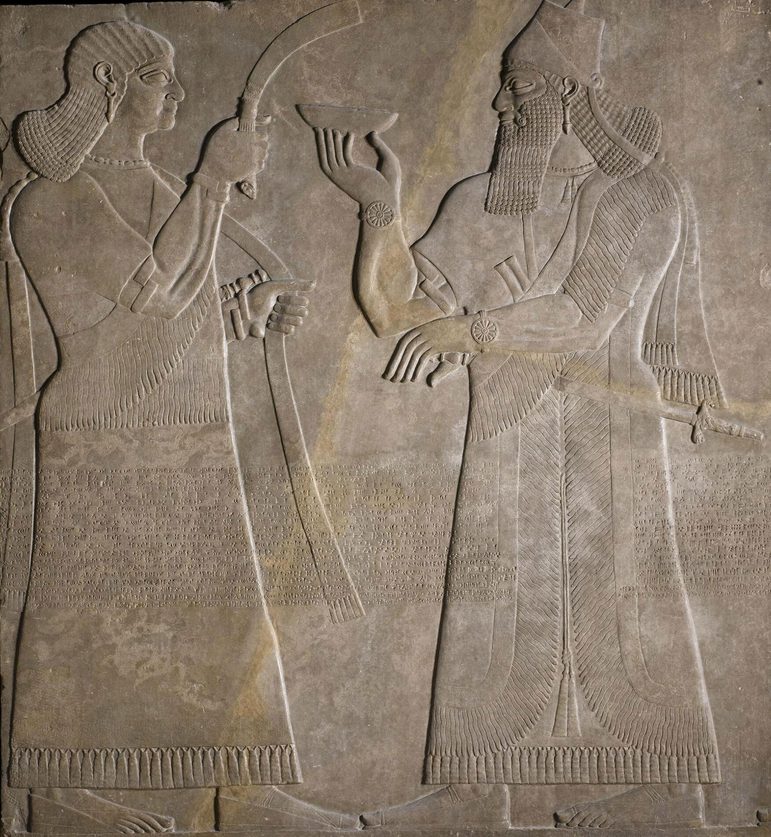
Ancient Mediterranean
Our Ancient Mediterranean archaeological collections consist of over 12,000 objects from across northern Africa, southern Europe, and western Asia.
Ancient Egypt and Sudan
National Museums Scotland holds an internationally important collection of around 6,300 ancient Egyptian and Sudanese objects including statuary and reliefs, historically significant inscriptions, items of daily life, and unique funerary objects, including papyri, painted coffins, and mummy portraits.
It is notable for its comprehensive nature and scale with a significant proportion deriving from archaeological excavations, including some of the first systematic excavations in Egypt, carried out by Scottish archaeologist Alexander Henry Rhind (1833–63) in collaboration with Egyptian excavators led by foreman Ahmed Abd el-Rasul. The Museum also received objects from its subscriptions to British archaeological excavations led by Sir William Matthew Flinders Petrie (1853–1942) and other archaeologists for the Egypt Exploration Society, the British School of Archaeology in Egypt, and Liverpool and Oxford Universities.
Highlights from the collection include the 17th Dynasty royal burial group from Qurna, Egypt, the monumental statue of Nubian god Arensnuphis from Meroe, Sudan, and the intact Rhind Tomb group.

Ancient Southern Europe
These collections include about 300 Greek and Italian ceramic vases and more than 400 fine examples of ancient glass, as well as terracotta figurines, antefixes and architectural ornaments, coins, bronzes and stone sculpture.
The ancient glass collections were acquired from the Earl of Northesk in 1879, and from Eugène Piot (1812–1890), the scholar and antiquarian. A significant transfer from the University of St Andrews of approximately 500 objects excavated at the site of Kouklia in Cyprus took place in 1987.

Ancient Western Asia
The most recognised item in the collection from ancient Western Asia is the massive Assyrian relief from the palace at Nimrud of Ashurnasirpal II which was donated to the National Museum of Antiquities of Scotland in 1865 by Sir James Young Simpson (1853–1870).
Significant archaeological collections from Western Asia came through a transfer from the University of St Andrews in 1987, including material excavated by Kathleen Kenyon (1906–1978) at Jericho and Jerusalem. Our cuneiform-inscribed collections have been digitized in collaboration with the Cuneiform Digital Library Initiative.
